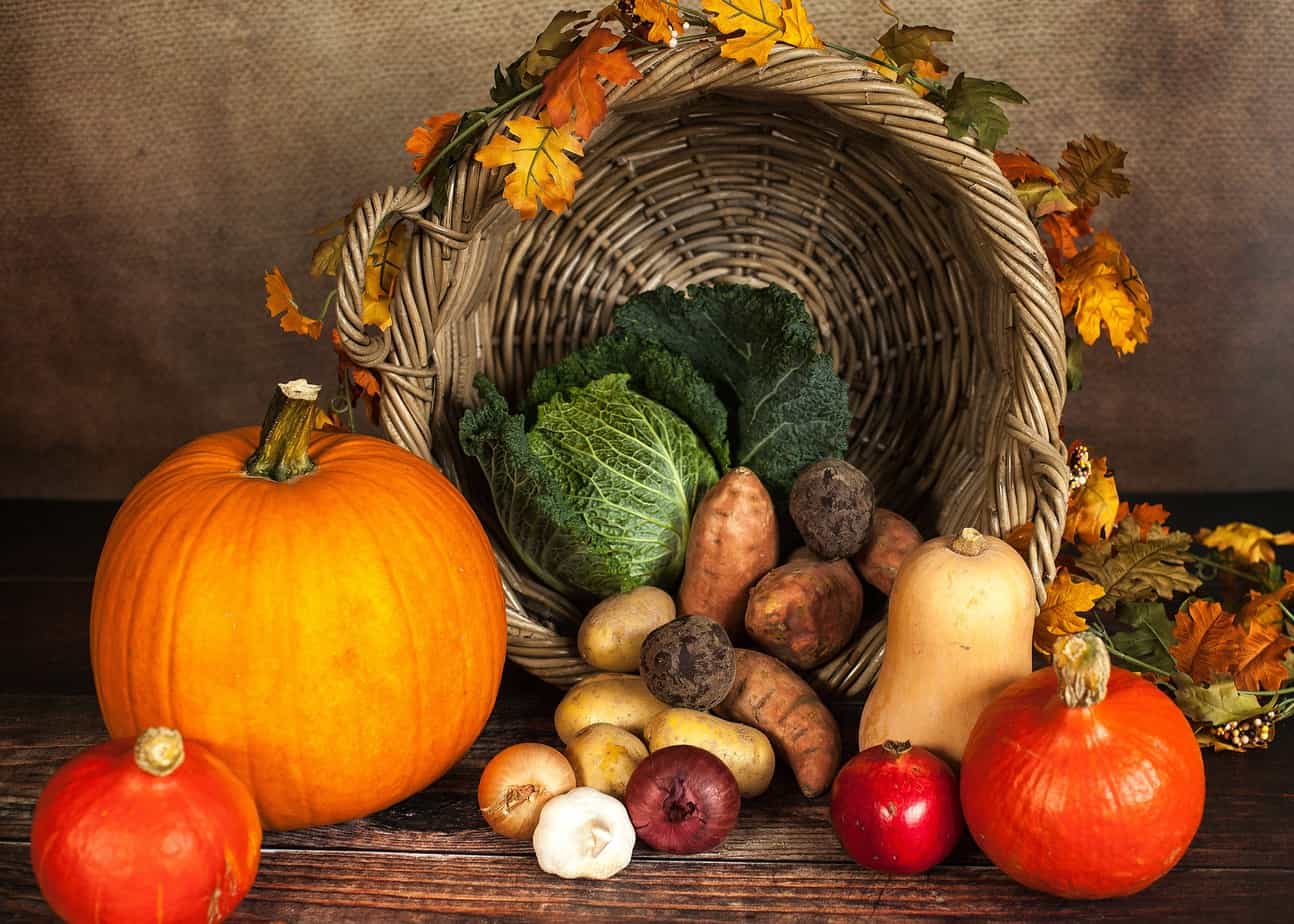In NI, food poverty and food access are problematic as approximately one-fifth of all households live in poverty. Shockingly, research has found that parents regularly go without food to feed their children and many households are unable to afford to purchase fresh fruit and vegetables (Poverty and Social Exclusion, 2014). In 2018, the Trussell Trust foodbanks provided 36,786 households in NI with emergency food parcels, witnessing an 8% increase in emergency food aid for children over the summer months alone. More importantly, this figure does not represent the totality of emergency food aid sources and therefore there are many more families in our society going to bed hungry every night.
Over the course of time poverty rates in NI have remained comparatively stable, however relative poverty is somewhat greater in rural regions. According to Department for Communities (2017), those considered most at risk are children, the disabled, working age adults and the elderly. Considering that rural households account for the highest proportion of households with children, pensioners and self-employed (37%, 33% and 13% respectively), it is completely appropriate that rural dwellers’ experience of food poverty should not be disregarded, however to date, little is known about the impact of rurality and food poverty on this consumer group.
Northern Ireland has a large rural spatial periphery and sparsity. It’s rural population accounts for 38% of total citizens, meaning that more than one in three are considered as geographically dispersed. As market-driven environments follow supply and demand, depopulated areas are used to justify urban centralisation of public, retail and social amenities, hence leaving many of our rural regions with rudimentary access to services, resulting in a rural-urban dichotomy in respect of food poverty and food access. It is recognised that rural households who experience deprivation, experience it differently than their urban counterparts, mainly due to the isolating nature of dispersed services. This means, rurality can be regarded as an exacerbation to the effects of poverty and in particular food poverty.
Long-term food insecurity has a profound impact on health and health inequalities across all lifecycles. Households suffering from food inadequacies will seek to change dietary behaviours with coping strategies such as skipping meals, reducing portion sizes and increasing household consumption of inexpensive high, fat, salt and sugar foods. Data from Poverty and Social Exclusion (2014) has found 29% of NI households are ‘skimping’ or depriving themselves of food in order to feed others. Individuals who consistently consume inadequate diets, in terms of nutritional quality, increase their risk of ill health. Food purchasing and consumption patterns are imperative in shaping health outcomes of individuals. For low income households, food availability and affordability are dominant influences in food dietary choice as are the type, size and location of the food retail store. It is no surprise that food availability and affordability within the rural food retail environment is considered a tangible problem that is inversely linked with household food insecurity and ultimately health inequalities.
Nevertheless, to achieve food secure environments there is the need to go beyond the affordability and availability of healthy foods. It is widely accepted that structural factors such as, low incomes, poor wages, under-employment, household composition, transport, community mobility, health, geographical location, educational attainment and food retail distribution are driving the food poverty crisis here in NI.
Adding to that crisis is the fact that these factors interlink and face a multitude of their own complexities.
So how can we begin to solve this complicated societal problem? Well, given that food poverty and rurality are engulfed with what can only be described as an intricate spider’s web of causative factors, my research, at Ulster University, is seeking to conceptualise and organise that ‘sticky web’ of food poverty causes into ‘at risk of food poverty index’. This index will then be mapped, at census small areas, across NI, using Geographic Information Systems.
In doing so, the ‘at risk of food poverty index’ will examine the multifarious relationships of the structural causes of food poverty on rural dwellers and facilitate a measurable assessment of an area of increasing politicised importance, not already measured. From this, it will be possible to identify sites for high impactful targeted inventions at census small areas, for those citizens who are at greatest potential risk of food poverty, across rural NI. By implementing the ‘at risk of food poverty index’, into policy development and delivering high impact, targeted interventions that are effective in reducing rural poverty, it will allow NI to take control of this dehumanising societal problem which will ultimately positively impact on our rural communities and the wider rural economy.
Natasha McClelland is a PhD researcher at Ulster University. You can follow her on Twitter.
There will be a live event on this topic as part of The ESRC Festival Of Social Science In Northern Ireland 2019. Tickets are free, book them here…
Photo by Sabrina_Ripke_Fotografie is licensed under CC BY-NC-SA

We are a university with a national and international reputation for excellence, innovation and regional engagement, making a major contribution to the economic, social and cultural development of Northern Ireland.
Discover more from Slugger O'Toole
Subscribe to get the latest posts sent to your email.
